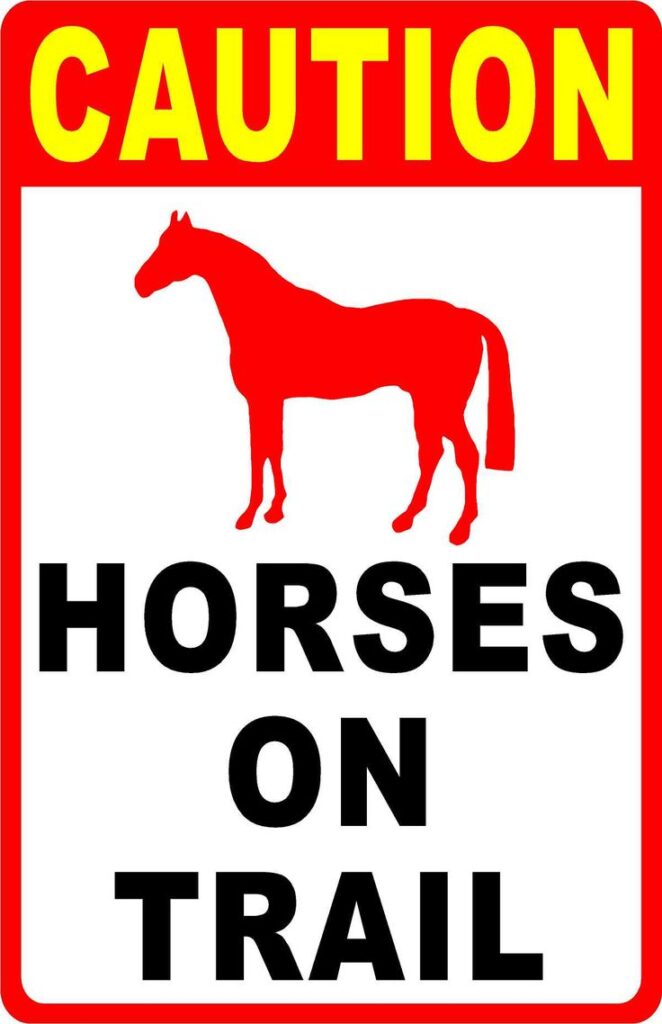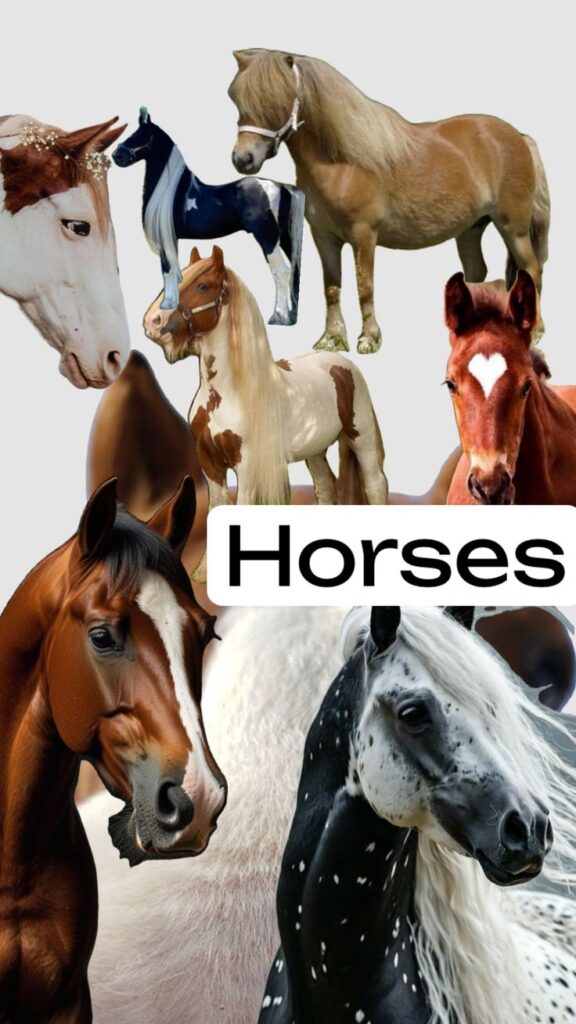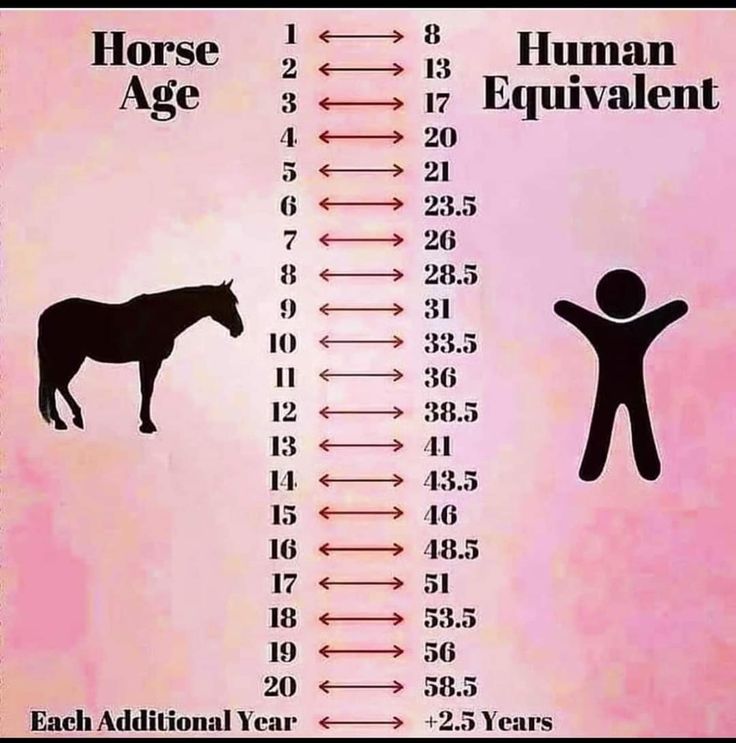
Horses are majestic, sensitive, and highly communicative animals — but they don’t always express discomfort in ways humans immediately understand. As caretakers, we have a responsibility to notice the subtle signs when something is off. A horse that’s a little “off” one day could be in the early stages of a serious health issue the next.
In this article, we’ll walk you through the top 10 signs your horse might be unwell, how to recognize them early, and — most importantly — what to do about them.


1. Changes in Appetite or Water Intake
What to Watch For:
- Refusal to eat hay, grain, or treats
- Slow chewing or dropping food
- Drinking significantly more or less water than usual
Why It Matters:
Changes in eating or drinking habits can signal a wide range of problems, from dental issues to colic, ulcers, or systemic illness. Reduced water intake can quickly lead to dehydration or impaction colic.
What to Do:
- Check teeth for sharp points, swelling, or injuries
- Monitor manure consistency and frequency
- Offer soaked hay or electrolytes if water intake is low
- Call your vet if changes persist for more than 12–24 hours


2. Lethargy or Unusual Behavior
What to Watch For:
- Reluctance to move
- Lying down more than usual
- Dull eyes or general “not right” demeanor
Why It Matters:
A normally energetic horse that becomes listless may be fighting an infection, suffering from pain, or experiencing organ dysfunction. Mental dullness is often a red flag.
What to Do:
- Take your horse’s temperature (normal range: 99–101°F or 37.2–38.3°C)
- Check for heat or swelling in limbs
- Observe manure output and respiration
- Call your vet promptly if lethargy persists or is accompanied by other symptoms


3. Changes in Manure or Urination
What to Watch For:
- Diarrhea, very hard manure, or no manure at all
- Frequent straining to urinate
- Blood in urine or feces
- Ammonia-like or foul smells
Why It Matters:
These signs may point to digestive upset, colic, urinary tract infections, or even kidney issues.
What to Do:
- Hydrate your horse and monitor how much it drinks
- Remove access to toxic plants or moldy hay
- Collect samples and call your vet
- Don’t wait more than a few hours if symptoms are severe or unusual


4. Lameness or Uneven Gait
What to Watch For:
- Limping, head bobbing, or shortened strides
- Reluctance to walk, trot, or turn
- Dragging toes or uneven weight distribution
Why It Matters:
Lameness can range from a mild bruise to a serious hoof abscess, joint infection, or laminitis — a painful and potentially devastating hoof condition.
What to Do:
- Inspect hooves for heat, swelling, punctures, or odor
- Confine the horse to a small area to prevent further injury
- Cold hose or use hoof boots if appropriate
- Consult your vet or farrier if lameness lasts more than a day or worsens

5. Colic Symptoms
What to Watch For:
- Pawing at the ground
- Rolling repeatedly or lying down and getting up
- Looking at the flanks
- Refusing food, sweating, or abnormal gut sounds
Why It Matters:
Colic — a general term for abdominal pain — is the most common equine emergency and can be fatal without treatment. Early signs can appear mild but escalate rapidly.
What to Do:
- Remove feed and monitor your horse
- Walk your horse gently to prevent rolling (if safe)
- Do not administer medication without veterinary direction
- Call your vet immediately — time is critical


6. Unusual Nasal Discharge or Coughing
What to Watch For:
- Thick yellow or green nasal discharge
- Persistent coughing or wheezing
- Flaring nostrils and labored breathing
Why It Matters:
Respiratory issues in horses can arise from viral or bacterial infections, dust exposure, or equine asthma (RAO). Some can be contagious or require quarantine.
What to Do:
- Isolate the horse from others if infection is suspected
- Check temperature and breathing rate (normal is 8–16 breaths/min)
- Provide clean, dust-free bedding and forage
- Contact your vet for diagnosis and treatment plan

7. Changes in Coat, Skin, or Eyes
What to Watch For:
- Dull, patchy, or excessively shedding coat
- Swelling, wounds, or hives
- Cloudy, red, or weeping eyes
Why It Matters:
The coat and skin are windows into your horse’s overall health. Skin issues can signal allergies, parasites, fungal infections, or internal imbalances. Eye changes may indicate trauma or infection.
What to Do:
- Gently clean affected areas and apply topical treatments as advised
- Monitor for spreading or worsening
- Avoid turning out into harsh sun if eyes are sensitive
- Seek veterinary attention for anything involving the eyes or spreading skin conditions


8. Abnormal Weight Loss or Gain
What to Watch For:
- Visible ribs, spine, or hip bones
- Bloated belly despite poor muscle tone
- Sudden or unexplained changes in weight
Why It Matters:
Weight changes may point to metabolic disorders, dental problems, parasitism, or insufficient nutrition. Horses often mask early signs, especially if blanketed or under light work.
What to Do:
- Evaluate diet and adjust forage-to-grain ratio
- Deworm based on fecal egg counts
- Float teeth regularly
- Have your vet run bloodwork if changes persist




9. Swelling or Heat in Limbs or Joints
What to Watch For:
- Puffiness around fetlocks, knees, or hocks
- Localized heat or reluctance to bear weight
- Fluid buildup or “stocking up” in both hind legs
Why It Matters:
Swelling can be due to injury, infection, or systemic inflammation. Even minor-seeming heat could be the start of a tendon issue or joint trauma.
What to Do:
- Cold hose the area and monitor for change
- Limit movement if swelling increases
- Take note of symmetry (bilateral swelling may indicate circulation problems)
- Call your vet for assessment if it persists more than 24 hours or worsens




10. Behavioral Changes
What to Watch For:
- Increased aggression or sudden fearfulness
- Avoidance of contact or sudden clinginess
- Resistance under saddle or irritability when groomed
Why It Matters:
A horse that’s “acting different” may be in physical pain or suffering from mental stress. Don’t chalk up unusual behavior to mood alone — horses communicate discomfort through actions.
What to Do:
- Rule out physical causes (tack fit, injury, illness)
- Track behavioral patterns in a notebook or app
- Reduce workload until health can be evaluated
- Work with both a vet and a trainer to explore physical and psychological factors

When in Doubt, Trust Your Gut
You know your horse better than anyone. If something feels off — even if the symptoms are minor or inconsistent — it’s worth investigating. Horses are prey animals and evolved to hide illness until it’s advanced. Early intervention saves lives, shortens recovery time, and prevents long-term complications.


Create a Quick-Action Checklist for Health Concerns
Keep the following on hand at all times:
- Digital thermometer
- Stethoscope (for checking gut sounds)
- Emergency vet contact information
- Colic record sheet (to note symptoms and timing)
- Hoof pick, flashlight, and bandages
- Water intake and manure logs
Regular wellness exams, dental care, hoof trims, and vaccinations are all part of proactive care. But the daily check-in — a few minutes of observing and listening — is your most powerful tool.

Final Thoughts
Being a responsible horse owner means becoming fluent in your horse’s subtle language — how they walk, eat, stand, breathe, and even glance at you. Missed signs can lead to missed chances. But caught early, most health problems can be managed or even reversed.
Watch your horse. Listen closely. And remember: silence doesn’t always mean wellness.




